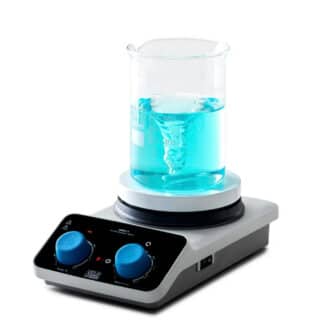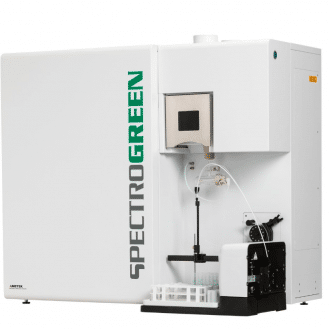These are the main criteria to consider when choosing a micrometer:
Type of micrometer
There are different types of micrometers. Your choice will depend on your intended use:
- An outside micrometer is used to measure the outside dimensions of an object.
- An inside micrometer is used to measure the inside dimensions.
- A depth micrometer is used to measure grooves and holes, even the deepest ones.
Measuring range
The measuring range of micrometers can be from a few millimeters to several centimeters, depending on the model. Make sure you choose a micrometer that is suitable for the dimensions of the parts you need to measure.
Precision and resolution
The accuracy and resolution of the micrometer are two fundamental characteristics. Precision corresponds to the degree of accuracy with which the micrometer can take measurements and depends on the quality of the instrument’s manufacture. Resolution, also called graduation, is expressed in micrometers (or microns) and indicates the smallest variation the instrument can measure. The resolution of the micrometer directly influences its accuracy. In other words, the higher the resolution, the more accurate the measurements.
Measuring system
Micrometers can have scales in millimeters or inches, depending on the country.
Zeroing
On certain micrometers, it is possible to manually adjust the zero point to compensate for wear or to calibrate the device.
Display
The most common micrometers are vernier-type, using a fixed scale and a sliding scale. The most modern models have digital displays, which allow for a more accurate and faster reading.
Ergonomics
Ease of use and user comfort in cases of frequent use are important factors to consider when choosing a micrometer.
Price
The price of micrometers varies according to the quality and characteristics of the device.











